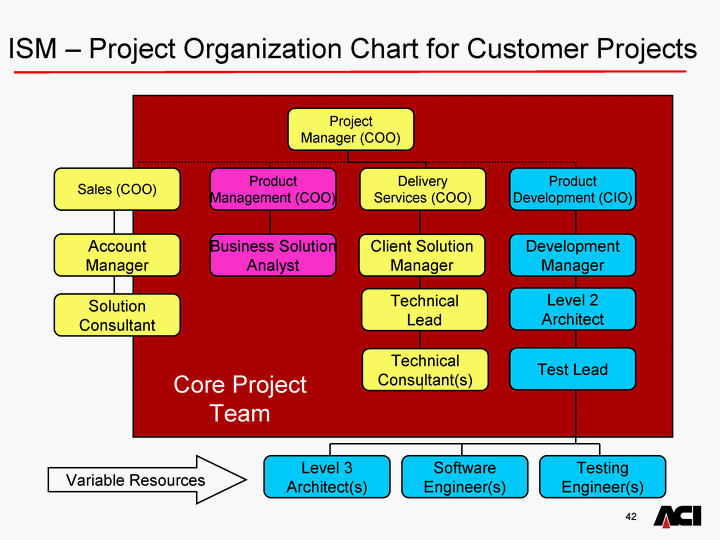8 Tips For Leading An Inspired Work Force
While motivating employees is an age old problem, the efforts by organizations to inspire their employees make sound business sense. When employees feel motivated by their jobs, businesses enjoy lower turnover, greater loyalty, and improved morale. The following are a few suggestions for how to motivate employees.

1. It’s a Matter of Meaning
Rather than just telling your employees what to do, try to help them to see the impact that their position has on the workplace, customers, and clients. Employees often feel isolated from the rest of the organization and do not appreciate the difference they make in the lives of others; showing them that the reverse is true will do wonders for the employee’s morale.
2. For the Greater Good
Everyone wants to feel that what they do matters, that their efforts go beyond just creating money for the organization. Demonstrate how the organization’s products or services are improving the lives of others in the community, or even other parts of the world.
3. Professional Goals and Interests
Showing a sincere interest in the professional goals and interest of employees not only show employees that the organization is interested in them but can lead to providing opportunities that benefit all. When exploring opportunities with the employee, it is important to consider the level of prior exposure. An employee may indicate he or she would like to work on an important project, but may later lose interest when they discover that the project was not what they imagined. This can be avoided by having the employee reflect on what they have done successfully in the past find a way to duplicate those components in other opportunities, or by providing shadowing by another employee.
4. Age of the Employee
When attempting to motivate an employee, it is important to consider their age. Older employees may be more motivated by stability and security, while younger employees may be more motivated by advancements.
5. Money
Money as a motivator is questionable and its effectiveness depend on a number of factors. Employees may lack motivation if they feel that they are being underpaid, but simply increasing the pay of employees may not lead to better performance if there are other aspects of the job that are dissatisfying. Talk with your employees about what they like and dislike about their job, as well as what is encouraging and discouraging to them.
6. Mentorship and Career Building
By identifying the career interests of employees, managers have an opportunity to provide mentorships, tuition reimbursement, opportunities for skills development, and connections that can assist employees in advancing in their careers.
7. Real Leaders Wear Many Hats
It is very easy for managers to spend most of their time telling employees what to do, and most employees resent it. Most employees want to learn, to improve, and develop greater ability. They also want to know that you care about them, that you know them as individuals. Expand your approach to how you relate to your employees, this means you need to know when to be a mentor, a teacher, or an empathetic ear.
8. Personal Growth
Organizations often make the mistake of having the attitude that work is all about business and that personal growth is not their responsibility. Nothing can be further from the truth. You cannot expect employees to be motivated if they feel that the organization has no interest in their personal growth. Encouraging personal growth is good for morale and the bottom line. Provide opportunities for mentoring, networking, and personal development forums where employees can develop themselves.








